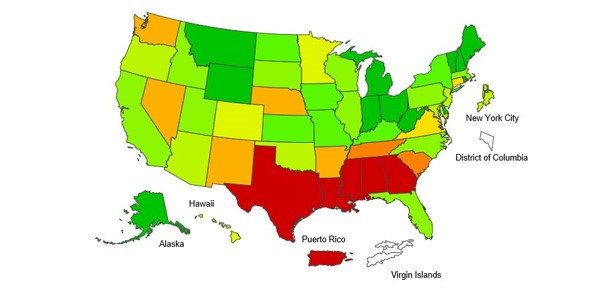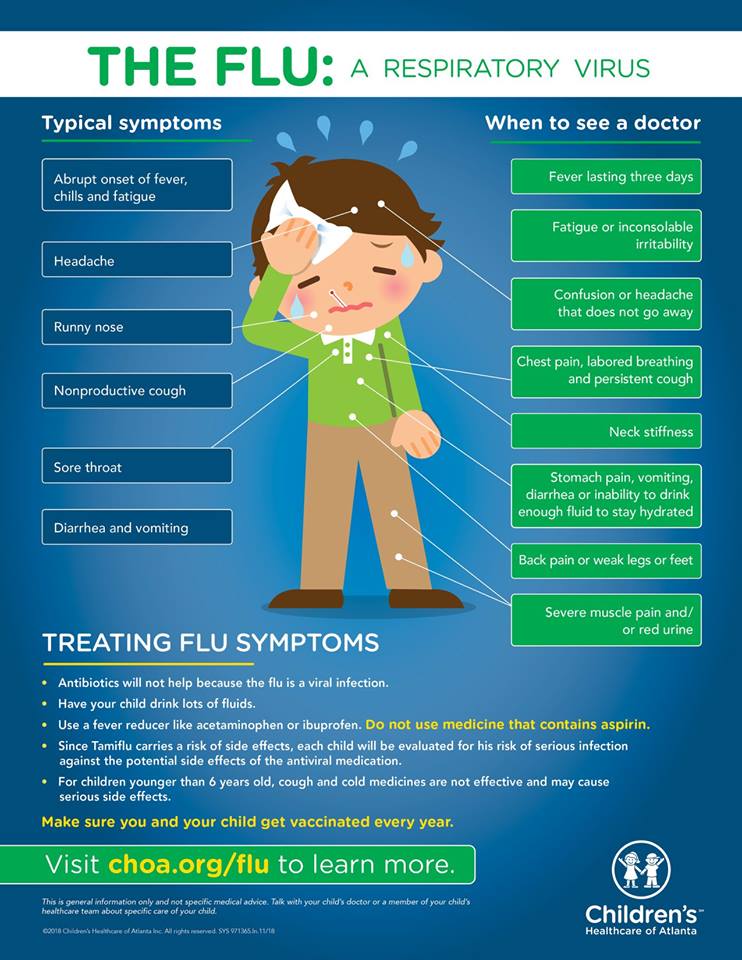Flu activity is high in seven Southern states, including Georgia, according to the CDC.
The state’s Department of Public Health reported that 5.31 percent of Georgia outpatient visits were reported as influenza-like illnesses during the week ending Nov. 23. That percentage has steadily climbed since the flu season began.
Nancy Nydam, a Public Health spokeswoman, told GHN on Tuesday that “it’s too early’’ to characterize this flu season in comparison to previous ones. She added that the flu caseload so far is “what we’d expect for this time of year.’’
The agency said 19 people were hospitalized for flu in metro Atlanta during the week ending Nov. 23, bringing the season total to 88. There have been no deaths yet reported this flu season in Georgia.
The other states seeing high influenza activity are Alabama, Louisiana, Mississippi, South Carolina, Tennessee and Texas. The Commonwealth of Puerto Rico is also reporting high levels.

Children under age 5, people who are 65 or older, and those with compromised immune systems or chronic medical conditions are most at risk for flu complications.

Dr. Andi Shane, medical director of hospital epidemiology at Children’s Healthcare of Atlanta, said Tuesday that Children’s facilities have seen an increase in children with respiratory illnesses, including influenza B, over the past few weeks.
Respiratory illnesses can be prevented by practicing hand hygiene, including frequent handwashing, especially during the busy holiday season, she said. Another part of hand hygiene is to avoid touching your eyes, nose or mouth with unwashed hands.
“If you or your family is experiencing symptoms, stay home from school, work or social events for at least 24 hours of fever-free time without taking fever-reducing medications,’’ Shane added.
Public Health officials said it’s very important for people who have not yet received a flu shot to do it now.
“The holidays are a few weeks off, and it takes about two weeks after vaccination for antibodies to develop in the body and provide protection against influenza,’’ said Nydam of Public Health.
The CDC says the exact timing and duration of flu seasons can vary, but influenza activity often begins to increase in October. Most of the time, flu activity peaks between December and February, although it can last as late as May.

More than half of Americans remain unvaccinated as flu season is under way, according to a survey from NORC at the University of Chicago.
The survey found as of early November, 44 percent of adults reported that they had received a flu vaccination. Another 18 percent had not yet been vaccinated but said they intended to get a vaccination this season.
And 37 percent of adults surveyed said they did not intend to get a flu shot this season.
CNN reported Tuesday that the illness appears to be hitting Louisiana especially hard.
Children’s Hospital New Orleans has seen more than 1,400 cases of the flu so far this season, compared to nine cases at this time last year, CNN said.
At Ochsner Health Systems, the largest nonprofit health system in Louisiana, there were 6,909 cases of the flu in November. That’s 1,385 percent more cases than it saw in November 2018.
Shane, of Children’s Healthcare of Atlanta, emphasized that “it’s never too late to get a flu shot, which offers the best form of protection from both influenza A and B viruses.”


